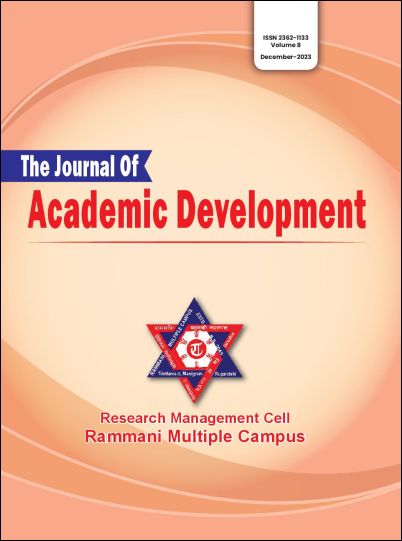Impact of Indian Labour Migration in Rupandehi
DOI:
https://doi.org/10.3126/tjad.v8i1.64824Keywords:
Indian labor migration, economic impact, workforce diversity, skill transfer, social integrationAbstract
This study examines the economic impacts of increasing Indian labor migration to Rupandehi, focusing on workforce diversity, skill transfer, economic growth, industry development, and social implications. Using a comprehensive research methodology involving literature review, surveys, interviews, and comparative analysis, the study aims to identify positive and negative effects. The sample comprises 110 respondents, including construction employers, businessmen dealing in jewelry, small businesses, vehicle maintenance workshop, educational experts, healthcare professionals, and local authorities. Analysis reveals potential benefits such as workforce diversity and skill transfer, contributing to economic growth and industry development. However, challenges include labor market displacement, income compression, and pressure on public services, social tensions, dependency issues, and exploitative labor practices. Policymakers are urged to address these issues, emphasizing fair labor laws, social integration, and the protection of workers' rights for sustainable and inclusive growth. The preference for Indian labor by some Nepalese employers is attributed to factors like wage differentials, availability, skills, language, cultural similarities, historical relationships, open border policies, regulatory considerations, and industry dynamics. Notable qualities of Indian workers, such as punctuality and apolitical behavior, also contribute to their preference in certain industries.




